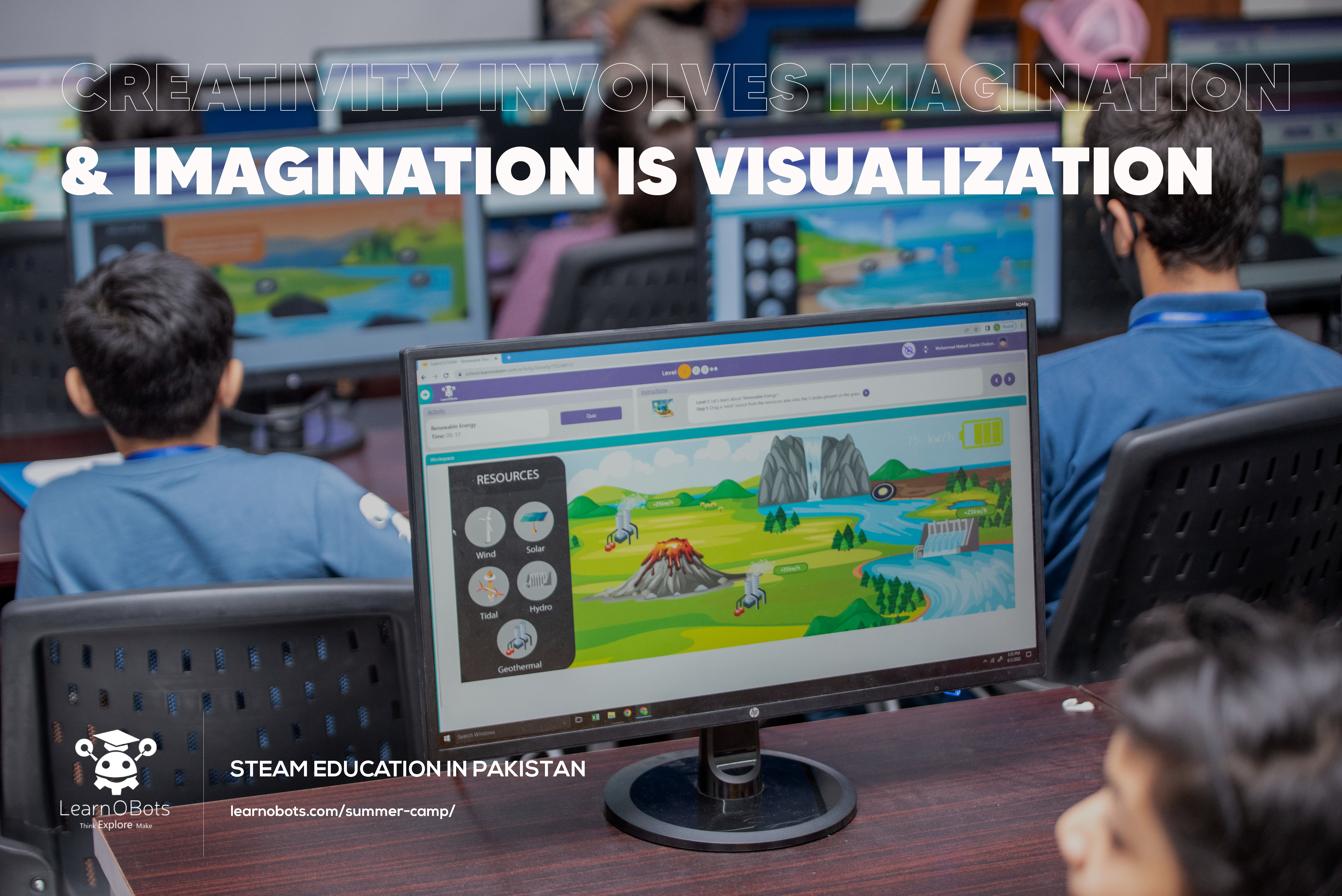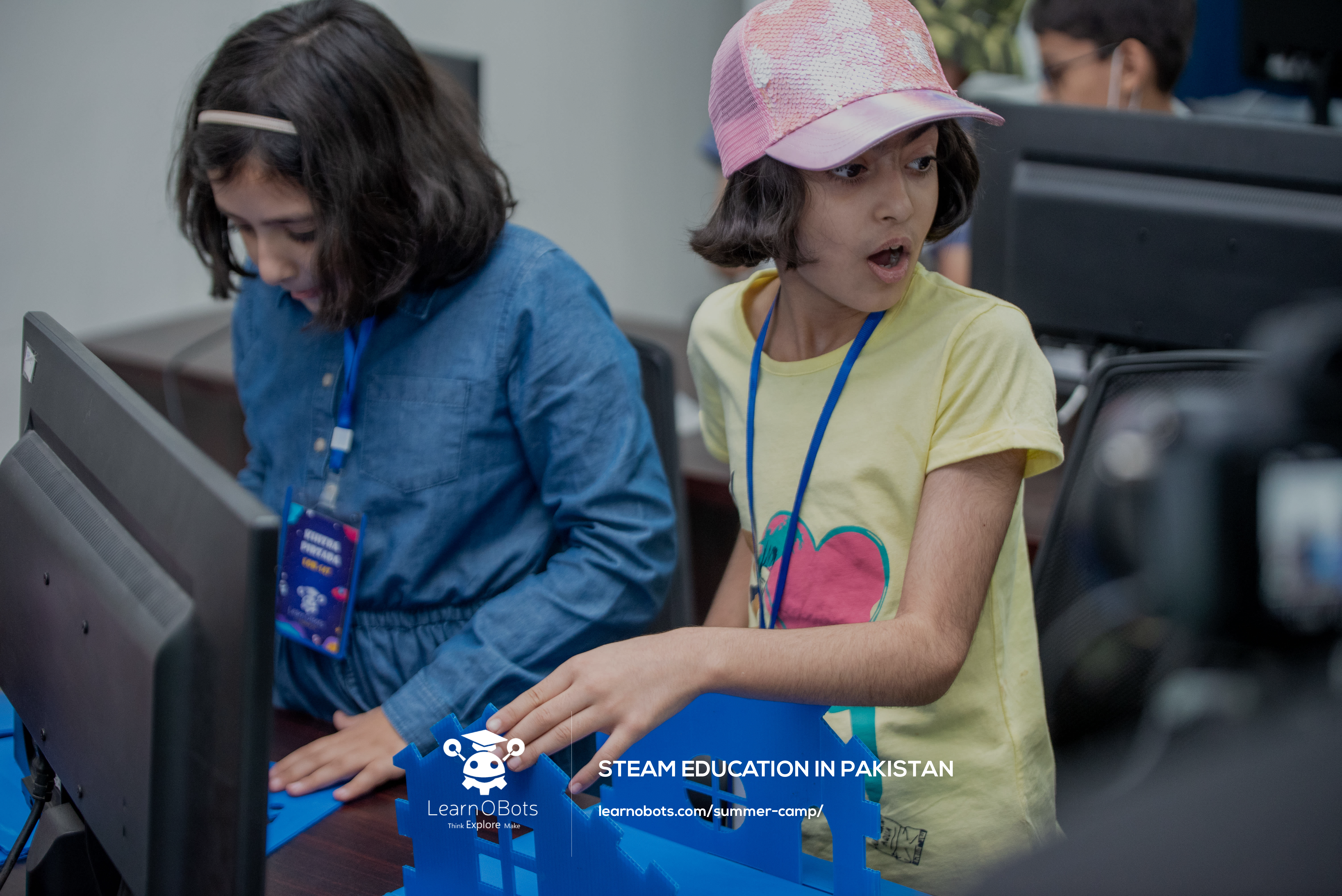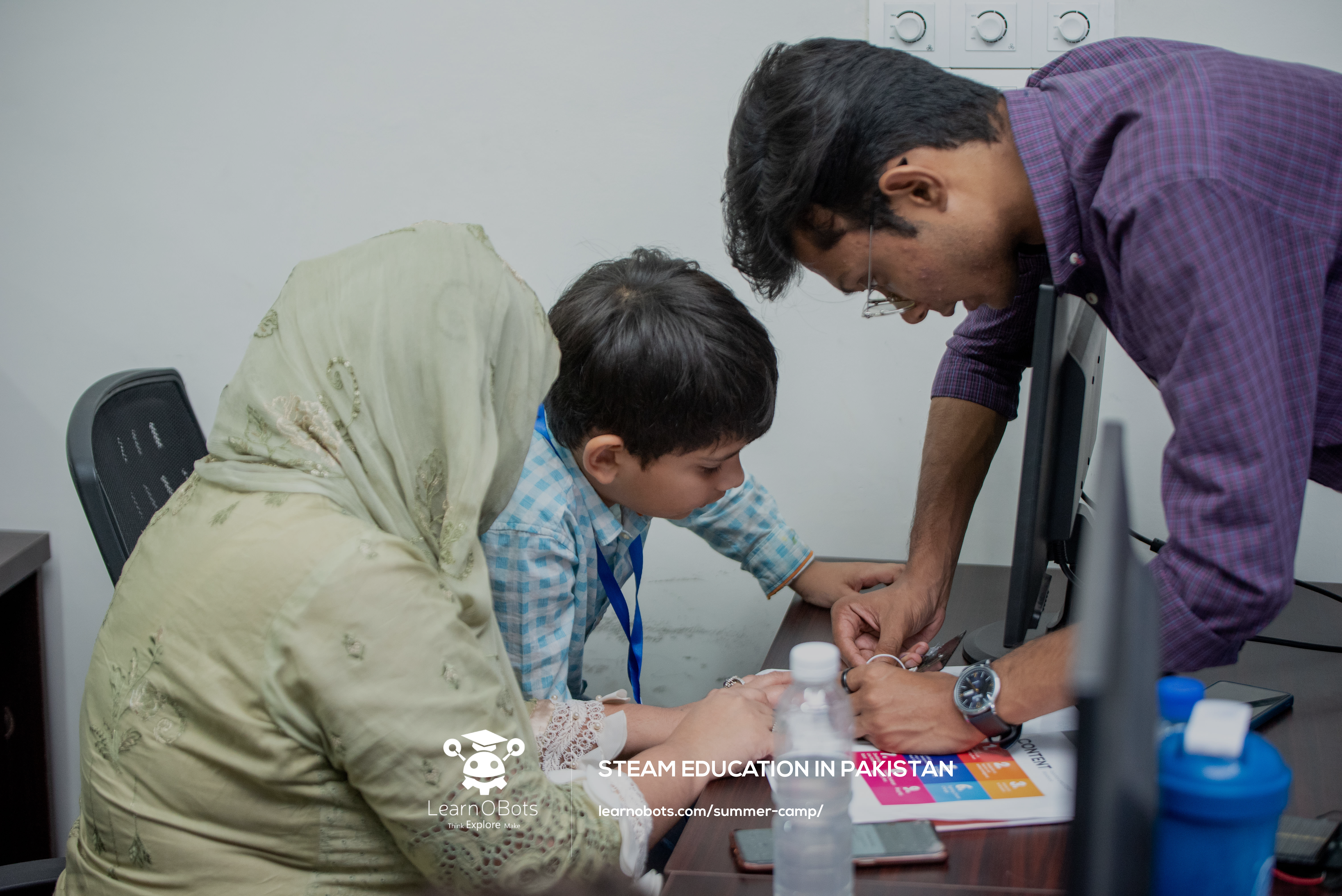The Art of Science: Leonardo da Vinci
Many often ignore the A in STEAM. Art, alongside Science, Technology, Engineering and Mathematics is equally essential to the mental and intellectual development of children. At LearnOBots, we provide several courses on coding and robotics, and many hands-on activities to engage children in STEAM. This blog is the first in the series of many as a part of our initiative. Unlike in our previous blogs, however, we will not discuss technology. Instead, these will focus on art and artists, and how they contributed to STEAM in their own time. The first personality we will take a look at is the famous Italian artist Leonardo da Vinci.
Who was Leonardo da Vinci?
Leonardo da Vinci was an Italian artist and polymath who was born in the province of Florence in the mid-fifteenth century. He was one of the leading and most prominent figures of the Renaissance, or Rebirth movement in Europe, which brought back classical Roman and Greek ideals. Other great artists of this era include Raphael, Donatello and Michael Angelo. As a fun side note, these four artists were also the inspirations for naming the Teenage Mutant Ninja Turtles!
Da Vinci began his journey as an artist young. By 17, he had already completed 6 works. He was one of the most talented painters and sculptors of his time and is still famous today. Two of his most famous works include the Mona Lisa and the Last Supper. He is also responsible for popularising the image of Christ as a bearded, brown-haired white man. His portrait, Salvator Mundi(Saviour of our World) was perhaps the first portrait of Hazrat Isa to depict him as such. He was previously described as having brown-skinned and curly hair, fitting his Palestinian ethnicity. The painting is also the most expensive one ever sold, fetching over $ 450 million in 2017!
Leonardo da Vinci is one of the most well-known artists of all time. However, most people are unaware that besides being a painter and sculptor, the Florencian was also a mathematician, architect, palaeontologist, engineer and astronomer.
da Vinci and STEAM
To develop a complete mind: study the science of art, study the art of science. Learn how to see. Realize that everything connects to everything else.
—Leonardo da Vinci
The above quote is the inspiration for this series’ name. It is a message that is as vital today as it was nearly 600 years ago. Da Vinci was ahead of his time in many ways. For instance, many consider him to be the grandfather of palaeontology, as he studied ancient fossils and correctly hypothesised that they contained the remains of ancient organisms.
He was always fascinated by the world around him and was always looking to discover new facts. Students of STEAM today can learn a lot from him. Over his life, he filled over 7,000 pages with notes, sketches and diagrams, through which he studied everything from mechanics to the human body—he studied the muscles of the face for months to perfect the iconic half-smile look on the Mona Lisa.
His famous Vitruvian Man is a study of bodily proportions and geometry. His journals also contained studies of hands, wombs, water and turbulence. Some of his more interesting sketches include war machines like a scythed chariot and a crossbow machine gun. Da Vinci also made the first known designs for helicopters and even envisioned a perpetual motion machine using corkscrews and water.
Leonardo da Vinci combined art and science. For children today, he is a great example of taking joy in their work and experimenting with ideas for the sake of experimentation. We should not only teach our children how to solve equations but be curious. The world is so full of wonders, we only need to develop our senses. We need to learn how to see.
LearnOBots and STEAM
LearnOBots is a startup based in the National Science and Technology Park in Islamabad. We have been active since 2014 and our goal is to bring modern education to Pakistani children between the ages of 8-14. LearnOBots offers many courses and classes on coding, robotics and STEAM. We also provide a number of DIY Kits to give children hands-on experience with circuits.
We follow da Vinci’s philosophy of teaching children about the world by cultivating curiosity and creativity in them from an early age. Our online LearnOSTEAM programme allows children to make their own art in the form of games and videos. We want to make learning more fun and open up our students’ eyes to the wonder of the world around us. To learn more about us, read some of our other blogs. You can also reach us through our email and WhatsApp. In the next instalment of the Art of Science, we’ll jump forward a few centuries and look at the art of Maria Sibylla Merian.




